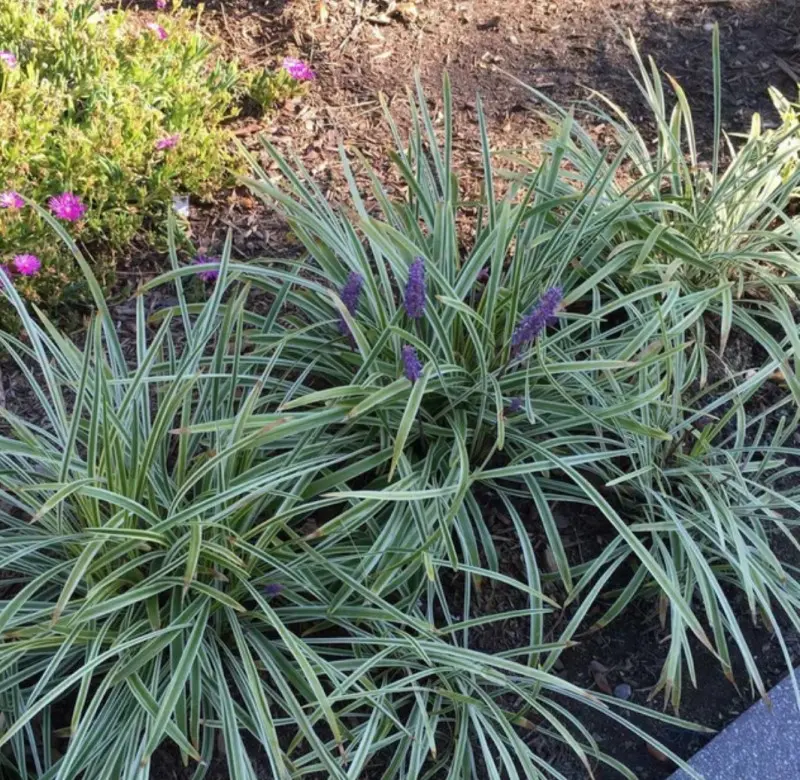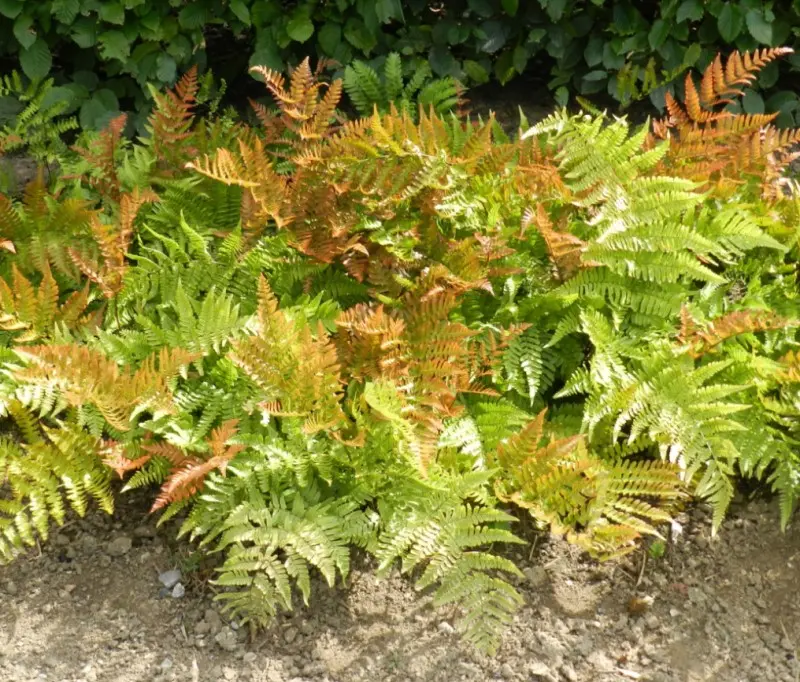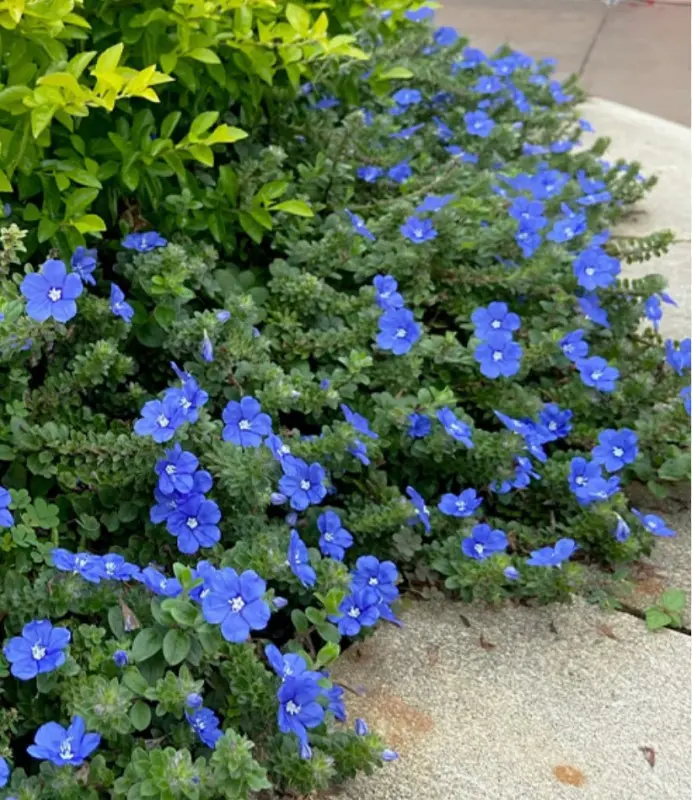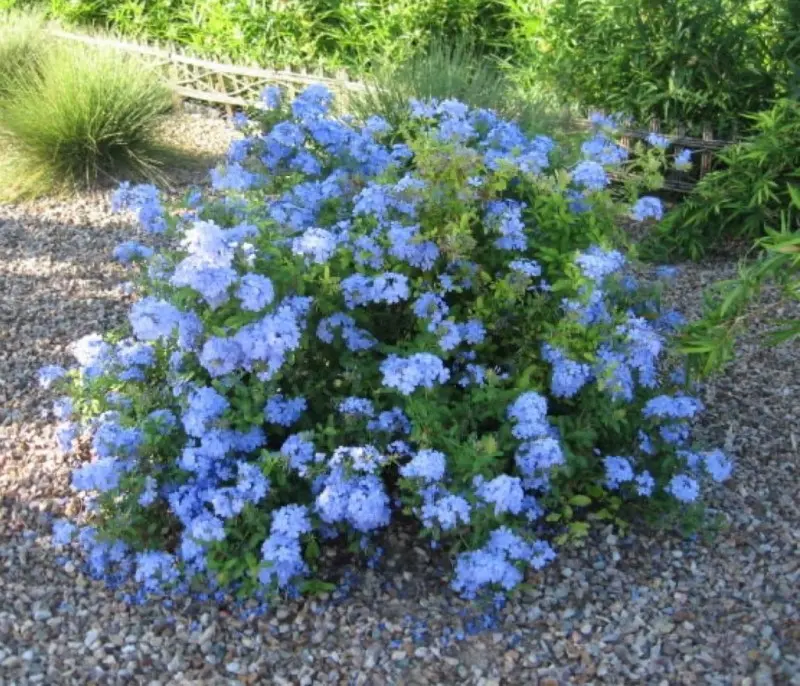Description
Daylily (Hemerocallis) is a beloved perennial plant known for its vibrant, trumpet-shaped flowers and hardy nature. The name “daylily” comes from the Greek words “hemero” (day) and “kallos” (beauty) because each bloom typically lasts only a day, though the plant continuously produces new flowers throughout its bloom period. Daylilies come in a wide array of colors, including yellow, orange, red, pink, purple, and even bi-color varieties, making them a versatile choice for adding color to gardens.
Daylilies form dense clumps of arching, grass-like foliage that ranges from 1 to 4 feet tall, depending on the variety. They thrive in USDA zones 3-9 and perform best in full sun to partial shade, though they can tolerate some shade, especially in hotter climates. These plants are adaptable to a variety of soil types as long as the soil is well-draining, and they are drought-tolerant once established, making them low-maintenance and suitable for many garden styles.
Blooming from early summer through fall, daylilies are often planted in borders, mass plantings, or along slopes for erosion control. They also attract pollinators such as butterflies and hummingbirds, enhancing biodiversity in the garden. Care for daylilies is minimal, requiring only occasional watering, deadheading to encourage continuous bloom, and dividing every few years to maintain vigor. With their resilient nature, wide color range, and extended blooming period, daylilies bring reliable beauty and easy upkeep to any landscape.






